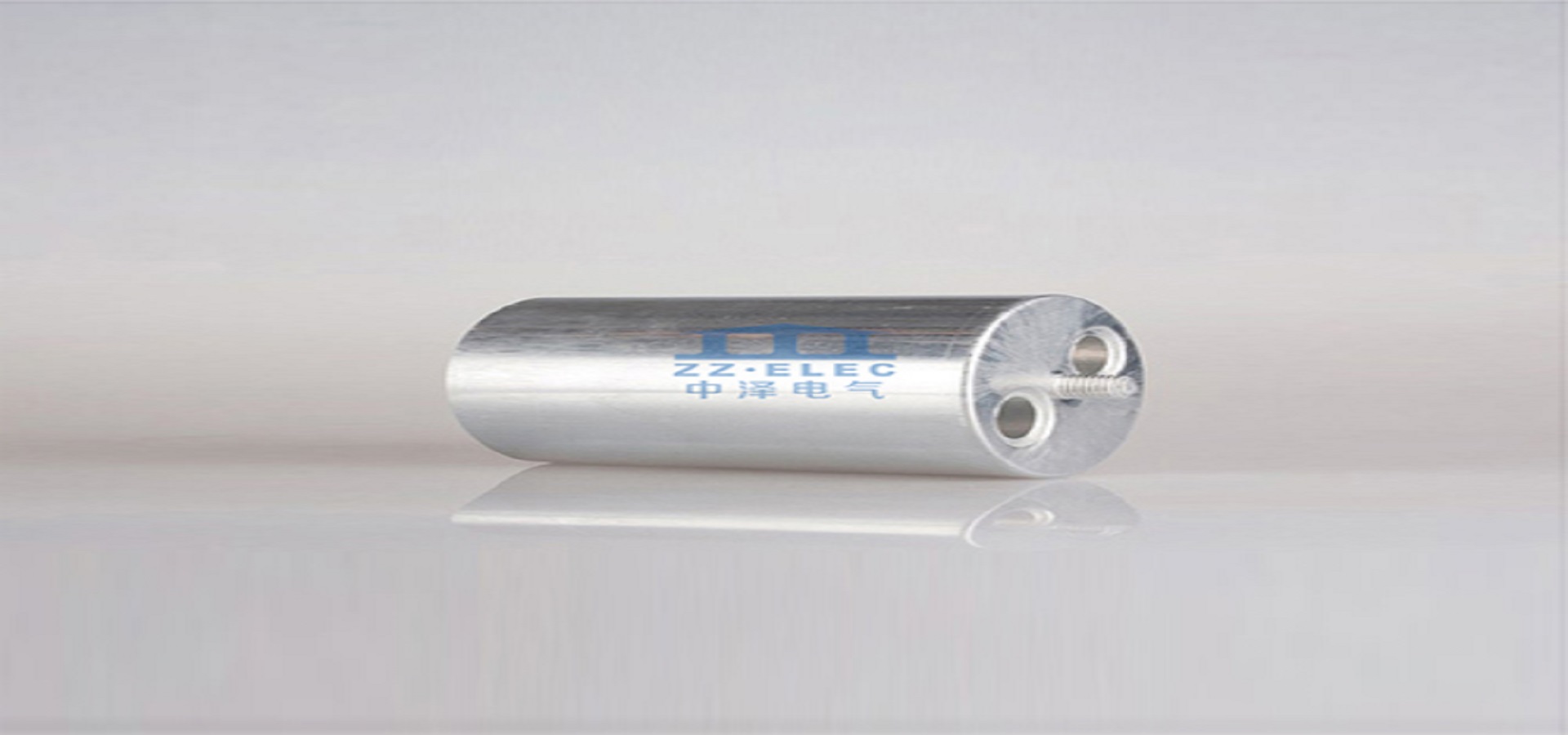Capacitors, referred to as capacitors for short, are another very important component in electronic circuits, mainly used for filtering, coupling, bypassing, energy conversion, and delay. Conventional capacitors There are many types of capacitors used in liquid crystal displays, among which aluminum electrolytic capacitors have a higher failure rate.

The capacity of conventional capacitors usually has the following expressions:
(1) Digital representation
It is usually represented by three digits, the two digits represent the significant digits, and the third digit represents the significant digits multiplied by the power of 10, and the unit is μF, such as 201 means 200μF. Capacitors with decimal capacity generally use letters to represent the decimal point, such as 1p5 for 1.5pF.
There is a special case of digital representation, that is, if the third digit is 9, the capacitance is the two significant digits multiplied by 10-1, such as 229 means 22×10-1pF.
(2) Direct representation
Usually, when the capacity is less than 10000pF, the unit is pF; when the capacity is greater than 10000pF, the unit is μF. For simplicity, capacitors from 100 μF to 1 μF are often not marked with units.
(3) Color ring representation
In the direction of the , the and second color circles represent the effective digits of the capacitance, and the third color circle represents the multiple (respectively, black, brown, red, orange, yellow, green, blue, purple, gray, and white represent 100~ 109) if the color ring of the capacitor is yellow, purple, and orange, it means thread × 103pF=47000pF.
The error of the capacitor is generally represented by letters, and the specific meaning is: C is ±0.25pF, D is ±0.5pF, F is ±1%, J is ±5%, K is ±10%, and M is ±20%. The withstand voltage of capacitors is divided into two types: low voltage and medium and high voltage.
(4) Letter notation
The letter notation is the method recommended by the International Electron Union. There are 4 letters used for labeling, namely p, n, u, and m, which respectively represent pF, nF, μF, and mF, and are represented by 2 to 4 numbers and 1 letter. Capacitance, before the letter, is the integer of the capacity, after the letter is the sum of the capacity, such as 1p5, 4p7, 3n9, respectively 1.5pF, 4.7μF, 3.9nF.
Whether the capacitor is damaged is generally judged by the substitution method or the measurement method. Capacitors can be measured by a capacitance meter or a pointer-type multimeter. Among them, the capacitance meter method is more accurate, and the pointer-type multimeter can only judge whether the capacitor has capacity, but cannot measure the size of the capacity.
